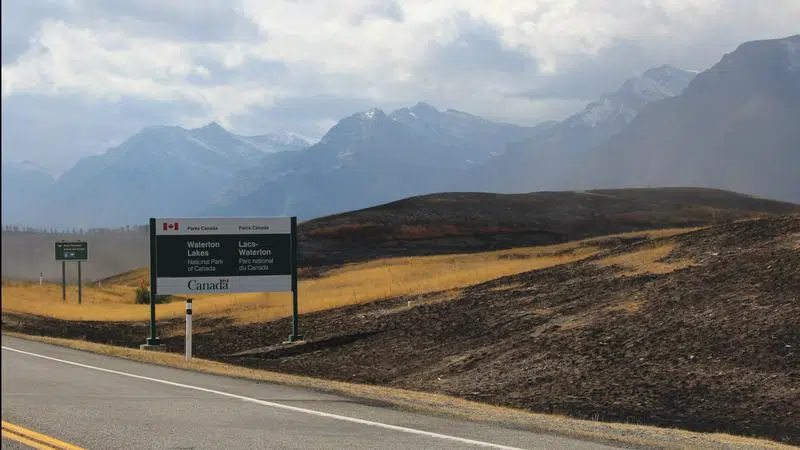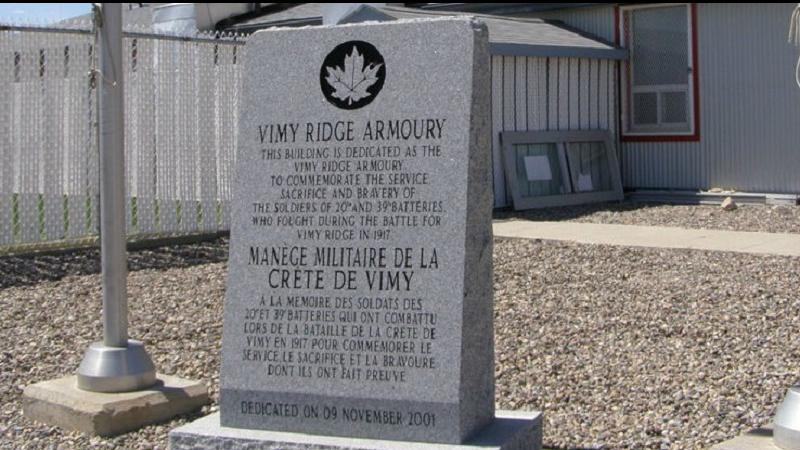
Southern Alberta filled with many historical war landmarks
LETHBRIDGE, AB – Picture yourself driving down the highway and looking off to the side of the road.
Chances are you could be looking at a historical landmark. It turns out southern Alberta is home to many historical sites from the wars of years past.
Glenn Miller, a retired Warrant Officer who works with the Lethbridge Legion, sat down with Lethbridge News Now for a series of stories to mark Veterans’ Week and Remembrance Day.
Miller noted that when it comes to local historical landmarks, Lethbridge has many unique sites.



